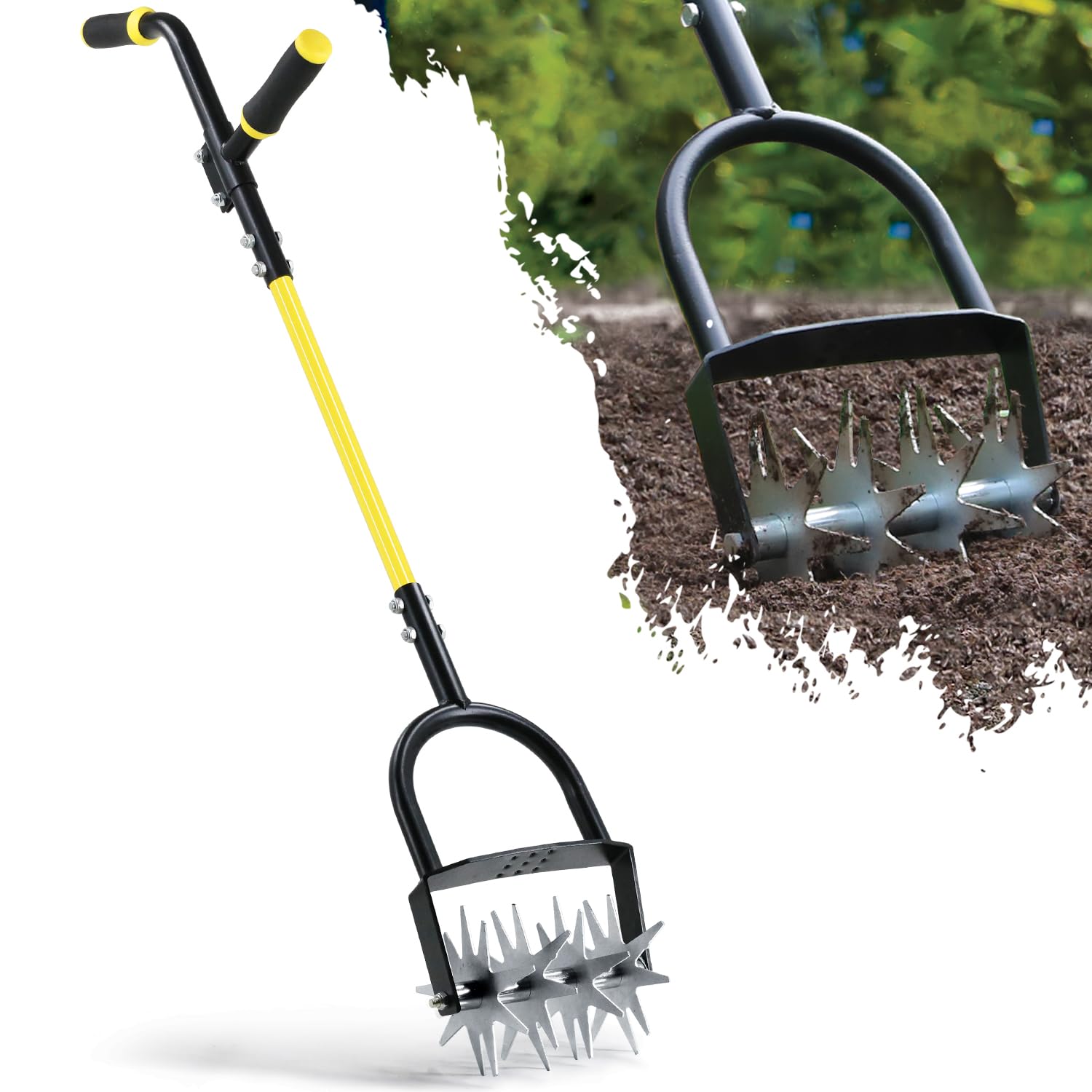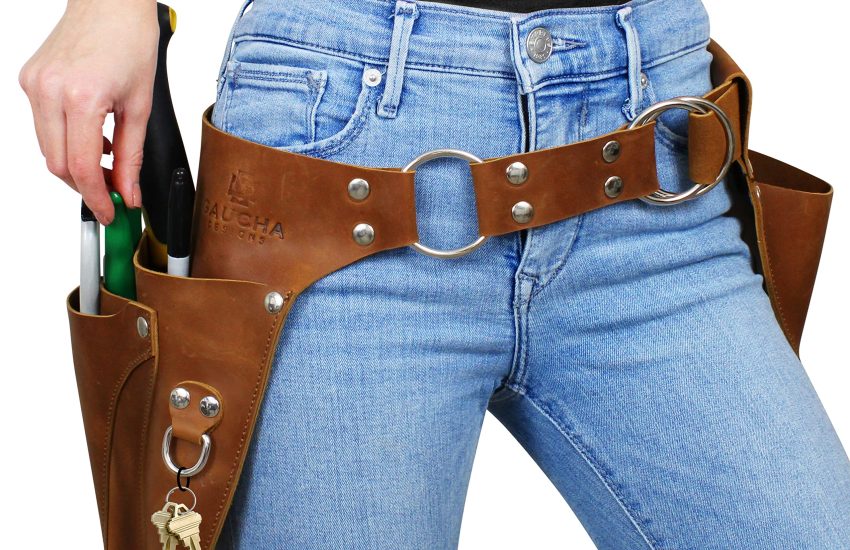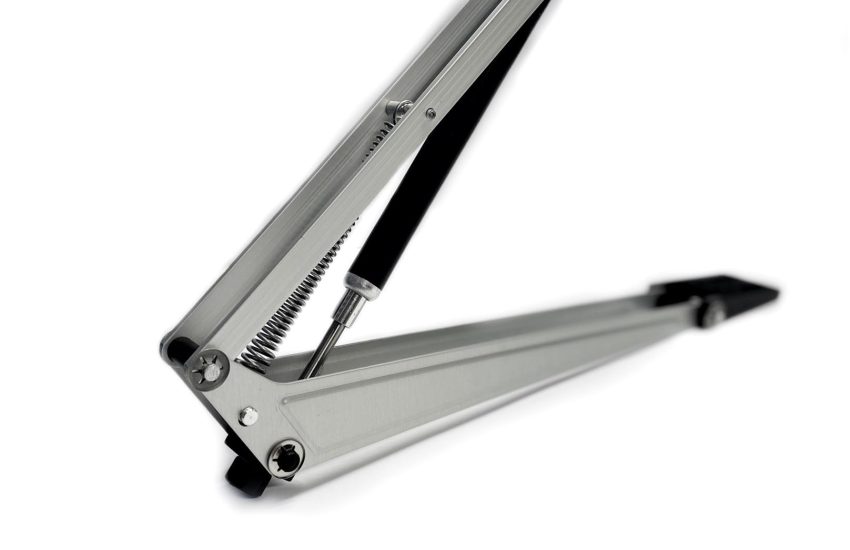How to Choose the Right Cultivator for Tough Soil: A Guide to Efficient Tillage Equipment Selection
We independently select all products and services. If you click through links we provide, Plant Native may earn a commission with no extra cost to you.
Cultivating tough soil can be a challenging task for gardeners and farmers alike. A cultivator is an essential tool designed to break up and loosen compacted soil, preparing it for planting or improving its overall structure.
These implements come in various sizes and designs, from small hand-held tools to larger tractor-mounted attachments. Each is suited for different soil conditions and garden sizes.
When dealing with tough soil, choosing the right cultivator becomes even more crucial. Hard, clay-rich, or rocky soil requires a tool with enough power and durability to effectively break through the surface and reach the desired depth.
The right cultivator can save time and effort while ensuring optimal soil preparation for healthy plant growth.
In selecting a cultivator for tough soil, key factors to consider include the power source, tine design, working width, and depth adjustment capabilities. These features directly impact the tool’s effectiveness in breaking up compacted earth and its ability to handle challenging soil conditions.
Best Cultivators for Tough Soil
We’ve researched and tested numerous cultivators to find the top options for tackling tough soil. Our curated list below features the most effective and durable cultivators that can break up compacted earth, mix in amendments, and prepare difficult ground for planting with ease.
Rocklin Rotary Cultivator
We recommend this sturdy, all-metal cultivator for its extra-long handle and deep tines that make soil preparation effortless.
Pros
- 60-inch handle reduces back strain
- Hardened stainless steel and aluminum construction
- 1.5-inch tines for deep cultivation
Cons
- May be too tall for users under 5’7″
- Handle could bend under heavy use
- Assembly required
The Rocklin Rotary Cultivator impressed us with its robust build. Unlike plastic alternatives, this tool is crafted entirely from hardened stainless steel and aluminum. We found it refreshingly durable during our testing, with no concerns about rust or broken parts.
Its standout feature is the 5-foot extra-long handle. We appreciated how it allowed us to cultivate without bending over, significantly reducing back strain. The extended reach also provided excellent leverage, making it easier to break through tough soil.
The 1.5-inch spikes dug deeper than other cultivators we’ve used. They effectively mixed the top 2 inches of soil, which is crucial for healthy plant growth. We liked the removable middle wheel, allowing us to customize the cultivation width for different planting needs.
| Feature | Benefit |
|---|---|
| All-metal construction | Long-lasting durability |
| 60-inch handle | Reduces back strain |
| 1.5-inch tines | Deep soil penetration |
While assembling the tool was straightforward, we noticed the handle might bend under prolonged heavy use.
Racewill 4-in-1 Garden Cultivator
We recommend this versatile drill attachment for home gardeners looking to efficiently mix soil and loosen tough ground.
Pros
- Compatible with standard drills
- Suitable for raised beds and home gardens
- Durable manganese steel construction
Cons
- May be challenging to control initially
- Not ideal for very large garden areas
- Requires a separate power drill
The Racewill 4-in-1 Garden Cultivator is a handy tool that attaches to any standard drill, making it accessible for most home gardeners. We found it particularly useful for mixing soil components and loosening tough ground in raised beds and small garden plots.
During our test runs, we noticed the manganese steel construction held up well against rocky soil. The cultivator dug deep quickly, though it took us a few minutes to get the hang of controlling it. For best results, we recommend starting slowly and gradually increasing speed as you become more comfortable with the tool’s power.
We appreciated the cultivator’s versatility in tackling various garden tasks. It excelled at mixing compost into existing soil and creating holes for bulb planting. However, for larger garden areas, a standalone tiller might be more efficient.
BARAYSTUS Rotary Cultivator
We recommend this rotary cultivator for light gardening tasks, but it may struggle with very tough soil.
Pros
- Adjustable stainless steel handle
- Lightweight and easy to maneuver
- Interchangeable blade wheels
Cons
- May not be durable enough for hard-packed soil
- Handle can loosen during use
- Requires significant effort for tougher jobs
We recently tried out the BARAYSTUS Rotary Cultivator in our garden, and it proved useful for certain tasks. The adjustable stainless steel handle allowed us to find a comfortable working height, which was great for extended use. Its lightweight design made it easy to move around flower beds and small garden plots.
The interchangeable blade wheels are a standout feature. We found them handy for adapting to different soil conditions and gardening needs. For aerating mulch or working with looser soil, this tool performed admirably. It excelled at refreshing flower beds and mixing in new soil amendments.
Yet, we noticed some limitations when tackling tougher terrain. In areas with compacted soil, the cultivator required more effort than expected. We had to make multiple passes to achieve the desired results, and the handle also tended to loosen during intense use.
Jardineer Rotary Hand Cultivator
We recommend this robust garden tool for tough soil preparation and lawn reseeding.
Pros
- Durable all-steel construction
- Ergonomic design with foot bar
- Versatile for various gardening tasks
Cons
- Requires manual effort
- May struggle with extremely compacted soil
- Assembly required
The Jardineer Rotary Hand Cultivator impressed us with its sturdy build. We found the all-steel construction reassuring, suggesting it can withstand heavy use without breaking. The heat-treated blades maintained their sharpness throughout our testing.
We appreciated the thoughtful design. The horizontal bar provided excellent leverage, allowing us to exert more downward force with less effort. This feature proved particularly useful when dealing with tough, clay-heavy soil in our vegetable patch.
The versatility of this tool stood out. We successfully used it for breaking up soil clumps, mixing in amendments, and aerating bare spots in the lawn for reseeding.
Assembly was straightforward, with clear instructions and included tools. While it requires some manual effort, we found the ergonomic design helped reduce strain during extended use. The adjustable horizontal bar allowed us to find a comfortable working height.
For extremely compacted soil, we needed to soften the ground with water first. Once moistened, the cultivator performed admirably, creating ideal conditions for planting and reseeding.
Walensee Rotary Cultivator
We recommend this versatile garden tool for its innovative design and multi-functionality, though it may not suit all soil types.
Pros
- Unique star-shaped rotating head
- 2-in-1 design with weeding knife
- Adjustable handle length
Cons
- May struggle with very hard soil
- Requires manual effort
- Learning curve for optimal use
The Walensee Rotary Cultivator caught our eye with its innovative star-shaped head. We found this design particularly effective for breaking up moderately tough soil. The rotating mechanism, featuring four interlocking gears with nine teeth each, did an impressive job of crumbling the earth to a fine consistency.
We appreciated the added weeding knife, which allowed us to tackle two tasks simultaneously. Made of hardened manganese steel, it proved durable during our testing. The blade’s flexibility was a nice touch, enabling us to adjust the angle for different digging and weeding needs.
Comfort was clearly a priority in the design. The adjustable handle let us customize the length to our height, reducing back strain. The rubber grip felt comfortable in our hands, even during extended use. However, we noticed that very compacted soil required more effort than we initially expected.
Buying Guide
When selecting a cultivator for tough soil, we need to consider several key factors. Let’s examine the most important features to look for:
Power Source
- Gas-powered: Best for large areas and heavy-duty use
- Electric: Suitable for smaller gardens and easier maintenance
- Battery-operated: Offers portability and eco-friendliness
Tine Design
Tines are crucial for breaking up hard soil. Look for:
- Heat-treated steel tines for durability
- Adjustable tine depth for versatility
- Self-sharpening tines to maintain effectiveness
Width and Depth
We recommend choosing a cultivator with:
- Adjustable working width to fit between rows
- Sufficient tilling depth for your soil type (6-8 inches for most tough soils)
Weight and Maneuverability
A balance between power and ease of use is essential:
- Lightweight models for better control
- Wheels or transport handles for easy movement
Additional Features
Consider these helpful extras:
- Foldable handles for compact storage
- Safety switches to prevent accidental starts
- Debris shields to protect the operator
By focusing on these aspects, we can select a cultivator that effectively tackles tough soil while meeting our specific gardening needs.







